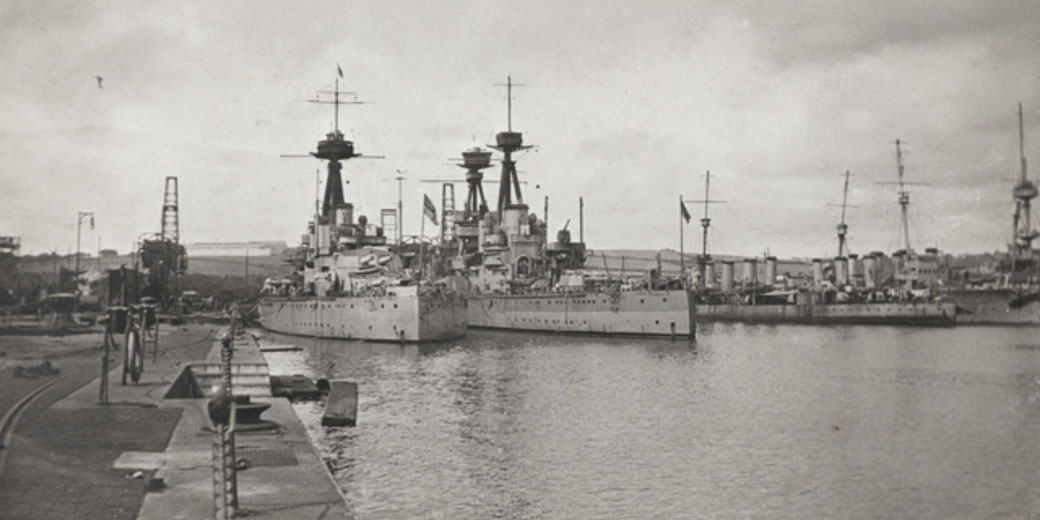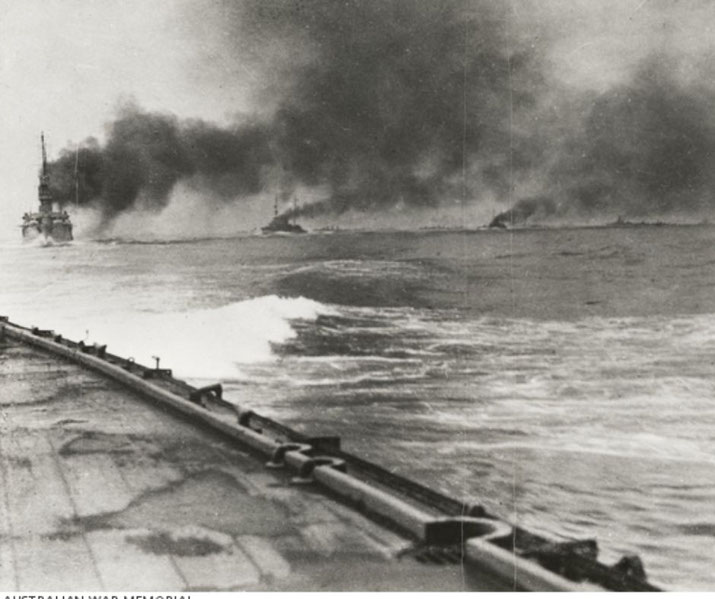When steel giants ruled the waves: The era of dreadnought battleships

Few vessels have had such a profound impact on naval warfare as the Dreadnought Battleships. Named after the Royal Navy's HMS Dreadnought, a ship that, upon its launch in 1906, rendered all previous battleships obsolete, these maritime titans revolutionized naval power with their unparalleled speed and firepower.
They triggered an arms race that produced a rapid technological advancement. With their advanced propulsion systems, uniform main armament, and heavily armored design, they vastly outperformed their 'Pre-Dreadnought' predecessors.
The Pre-Dreadnought Era
In the mid-to-late 19th century, naval warfare was saw the evolution of wooden sailing ships into armored, steam-powered vessels.
During this era, the most common form of battleship was a mixed armament of large-caliber guns for long-range firing and smaller caliber guns for closer engagements.
Their design was influenced by a range of factors including the development of new types of guns, improvements in steam propulsion technology, and the advent of more effective armor.
However, these designs also had their limitations. They lacked uniformity in their main armament, and their speed and maneuverability were restricted by the constraints of their propulsion systems.
As the 19th century gave way to the 20th, naval power became an increasingly important part of national security and geopolitical strategy.
Technological advancements quickened, and naval architects around the world sought to design the next generation of warships.
Inception of the Dreadnought
Admiral Sir John "Jacky" Fisher, the First Sea Lord of the British Admiralty, recognized the need for a new type of battleship.
Under his leadership, the Royal Navy set out to design a warship that would eclipse all others in terms of speed, firepower, and protection.
In 1906, the result of this endeavor was revealed. The HMS Dreadnought was launched, and this ship’s design was groundbreaking.
Instead of a mix of large and small caliber guns, Dreadnought was armed with ten 12-inch guns, all capable of firing on a broadside.
This uniform main armament provided a significant advantage in terms of firepower and targeting.
Moreover, Dreadnought was the first battleship to be powered entirely by steam turbines.
She was capable of reaching speeds of 21 knots, far surpassing the 18 knots of the fastest Pre-Dreadnoughts.
This increase in speed meant that Dreadnought could outmaneuver its rivals and dictate the terms of engagement in battle.
In essence, Dreadnought rendered all existing warships obsolete overnight.
This change was so profound that it led to a new era in naval warfare, known as the "Dreadnought Era".
From then on, the world's naval powers would be measured not just by the size of their fleets, but by the number of their Dreadnoughts.
A Global Race for Naval Supremacy
Nations across the globe were quick to recognize the advantages of the Dreadnought design.
Countries like Germany, the United States, France, Russia, Italy, and Japan all initiated their own Dreadnought programs in a bid to match or exceed Britain's naval power.
The global Dreadnought race had profound implications on international relations, as the balance of power at sea became a significant factor in diplomatic alliances and tensions.
In particular, Germany, under Kaiser Wilhelm II, posed the most direct challenge to British naval supremacy.
The German Imperial Navy launched their first Dreadnought, the SMS Nassau, in 1908.
The buildup of the German Dreadnought fleet was viewed with great concern in Britain.
It played a significant role in escalating Anglo-German tensions leading up to World War I.
Across the Atlantic, the United States was also expanding its naval power. With the launch of the USS South Carolina in 1908, America signaled its intention to become a major player in naval warfare.
Meanwhile, other nations like France, Russia, Italy, and Japan were not far behind.
Key Battles Involving Dreadnoughts
As the symbols of naval supremacy, Dreadnought battleships finally saw significant action in WWI.
Perhaps the most iconic engagement involving Dreadnought battleships was the Battle of Jutland, which occurred off the coast of Denmark in 1916.
It was the largest naval battle and the only full-scale clash of Dreadnoughts in the war.
The British Royal Navy's Grand Fleet, led by Admiral Sir John Jellicoe, faced off against the German High Seas Fleet commanded by Vice-Admiral Reinhard Scheer.
While the battle was tactically inconclusive, it strategically confined the German fleet to port for much of the rest of the war.
The Battle of Jutland displayed the destructive power of the Dreadnought battleships and their vulnerability to torpedoes and mines.
Beyond Jutland, Dreadnoughts were also involved in other significant engagements.
For instance, the Battle of the Falkland Islands in 1914 saw the British Dreadnought battlecruisers HMS Invincible and HMS Inflexible play crucial roles in defeating the German East Asia Squadron.

Technological Evolution and Obsolescence
As with all technologies, the reign of the Dreadnought Battleships was not indefinite.
These mighty vessels, once the pinnacle of naval technology and power, would eventually find themselves outpaced by the relentless tide of innovation and the changing realities of warfare.
In the years following World War I, even as nations continued to build and maintain Dreadnoughts, the rapid progress in aviation and submarine technologies started to reveal the limitations of these behemoths.
Aircraft, with their ability to strike from beyond the horizon, posed a significant threat to battleships.
Meanwhile, submarines could silently approach and unleash devastating torpedo attacks from beneath the waves.
These changing dynamics were clearly highlighted in World War II. Despite their armor and firepower, battleships proved vulnerable to air and submarine attacks.
The British HMS Prince of Wales and HMS Repulse, both sunk by Japanese aircraft, and the U.S. Pacific Fleet at Pearl Harbor, decimated by aerial torpedoes and bombs, served as harsh reminders of these vulnerabilities.
Meanwhile, fast battleships, such as the Iowa class, marked the peak and end of battleship design.
These vessels combined the armor and firepower of a battleship with the speed of a cruiser, but even they could not stave off the inevitable obsolescence.
The final nail in the battleship's coffin was the advent and success of the aircraft carrier.
Carriers offered a decisive advantage in their ability to project power far beyond the range of even the most impressive naval guns.
By the end of World War II, the aircraft carrier had definitively replaced the battleship as the most vital naval vessel, a reality made official by the U.S. Navy's decommissioning of most of its remaining battleships in the post-war years.
What do you need help with?
Download ready-to-use digital learning resources
Copyright © History Skills 2014-2025.
Contact via email
With the exception of links to external sites, some historical sources and extracts from specific publications, all content on this website is copyrighted by History Skills. This content may not be copied, republished or redistributed without written permission from the website creator. Please use the Contact page to obtain relevant permission.





